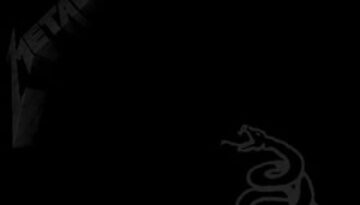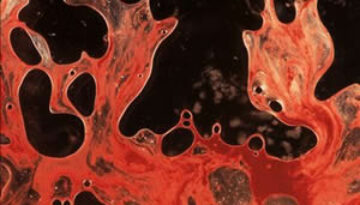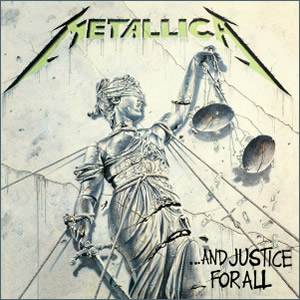Top 9 Rock Festivals
This week Classic Rock Review joins the celebration of the 45th Anniversary of the historic 1969 Woodstock Music Festival. In conjunction with Top 9 Lists, we present a list of the Top 9 […]

This week Classic Rock Review joins the celebration of the 45th Anniversary of the historic 1969 Woodstock Music Festival. In conjunction with Top 9 Lists, we present a list of the Top 9 […]

Buy Metallica After four studio albums and ever-building popularity in the 1980s, heavy metal band Metallica felt they were poised for their artistic breakthrough. During the summer of 1990, the band got together […]

Buy Load Five years in the making, Metallica took a semi-radical turn on their sixth studio album, Load. The album incorporates elements of alternative rock, blues, southern rock and even country while remaining […]

Buy …And Justice for All Metallica brought their fusion of progressive thrash metal into the mainstream with the double LP …And Justice for All in 1988. The album was nominated for a Grammy […]